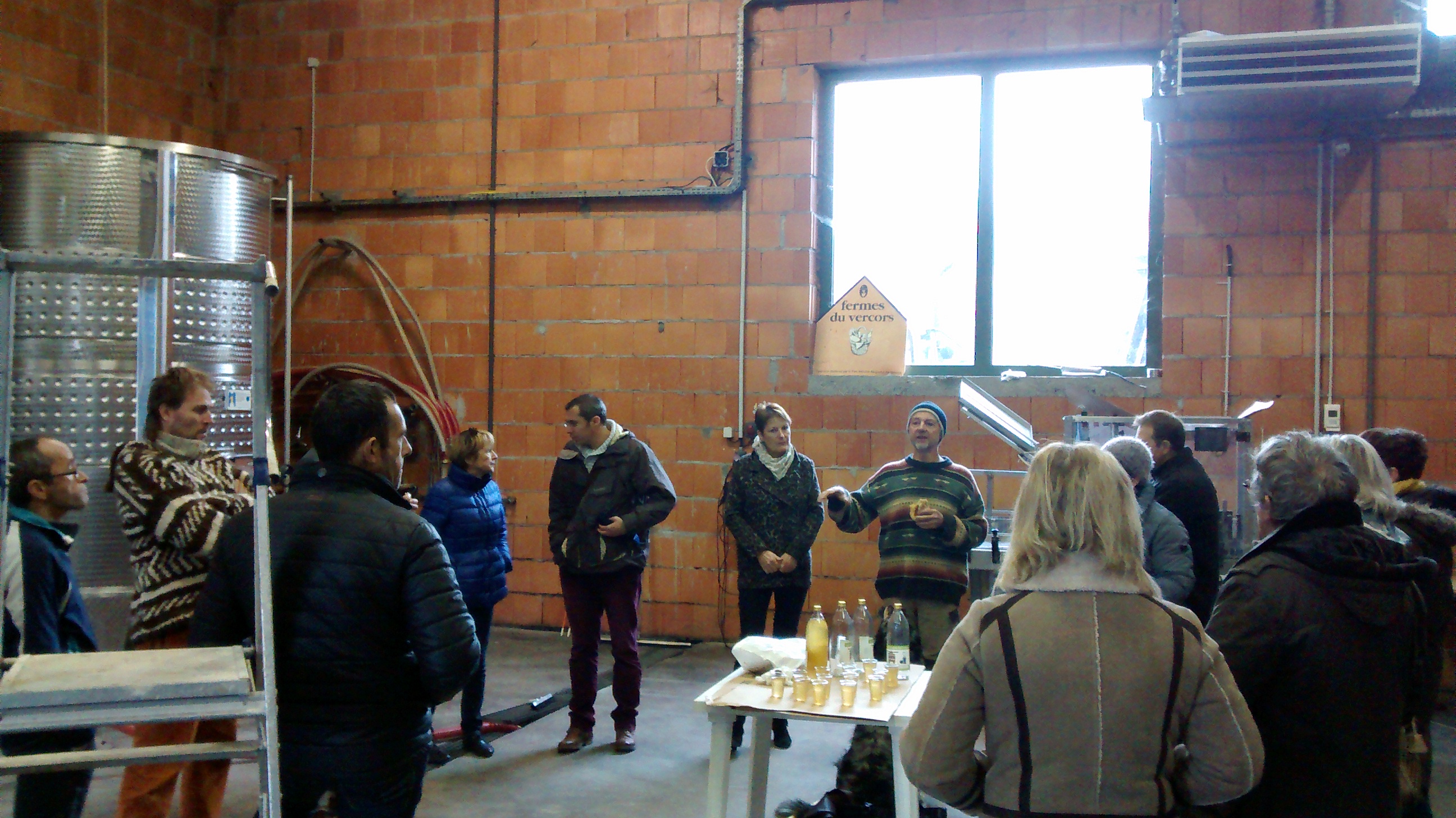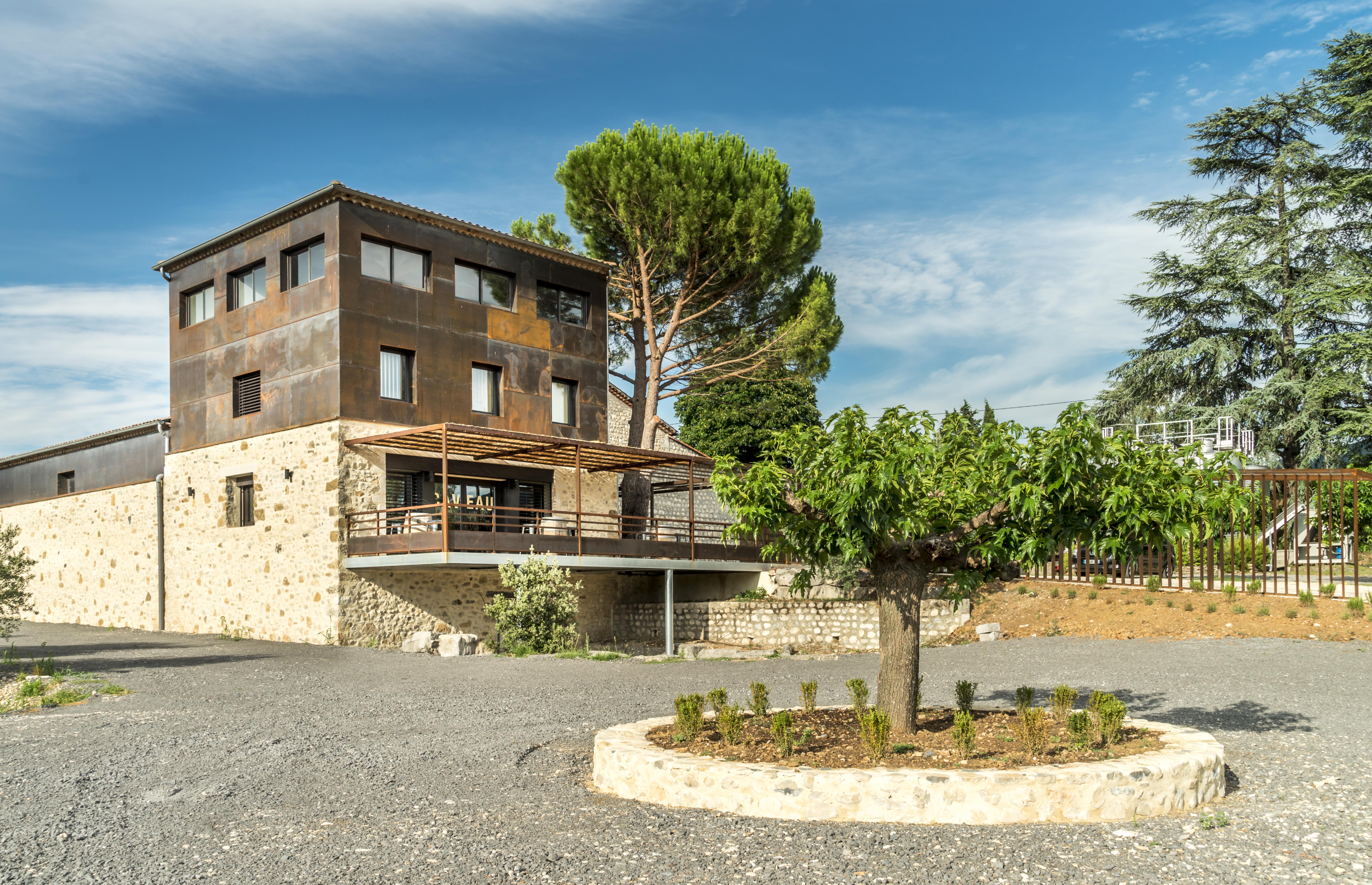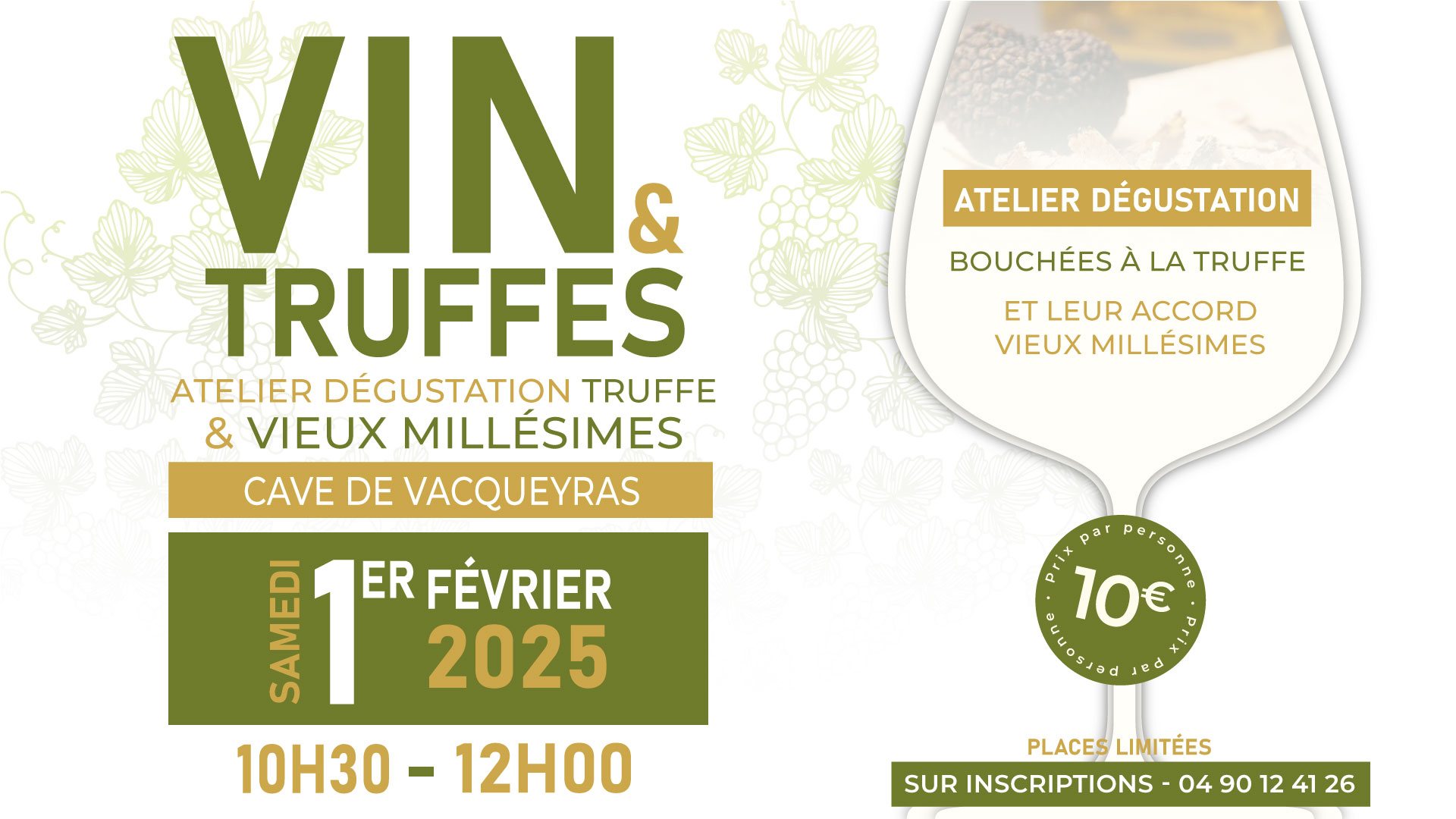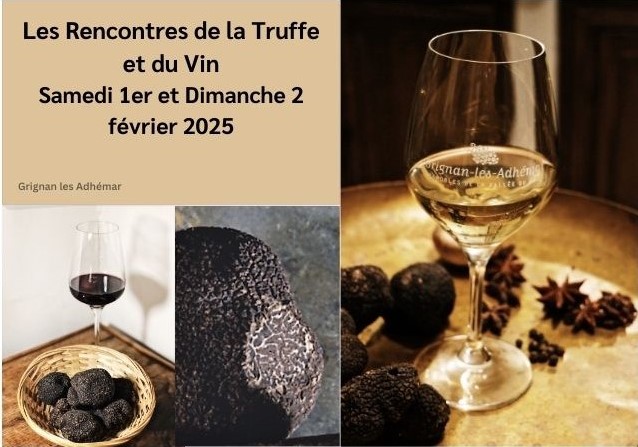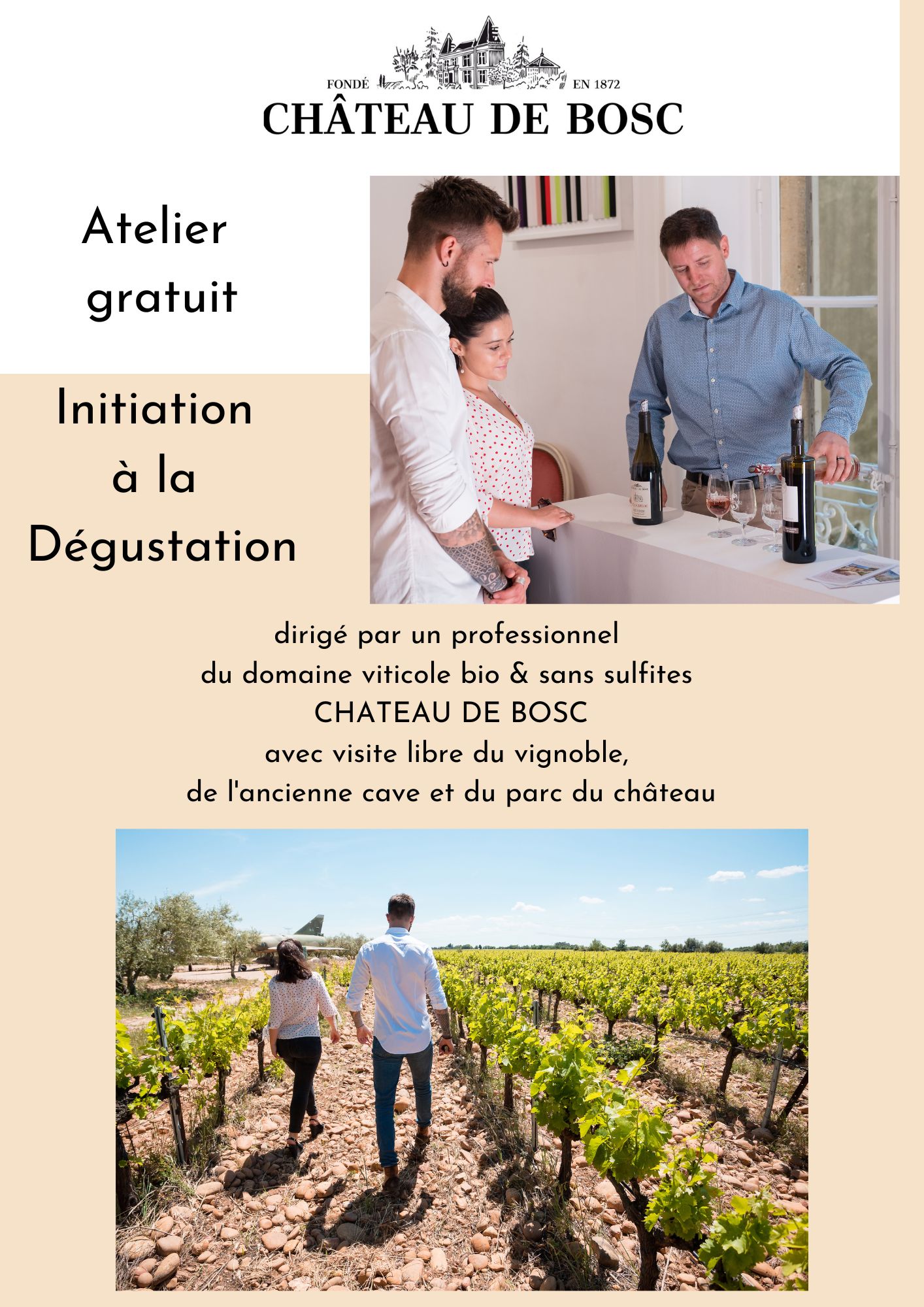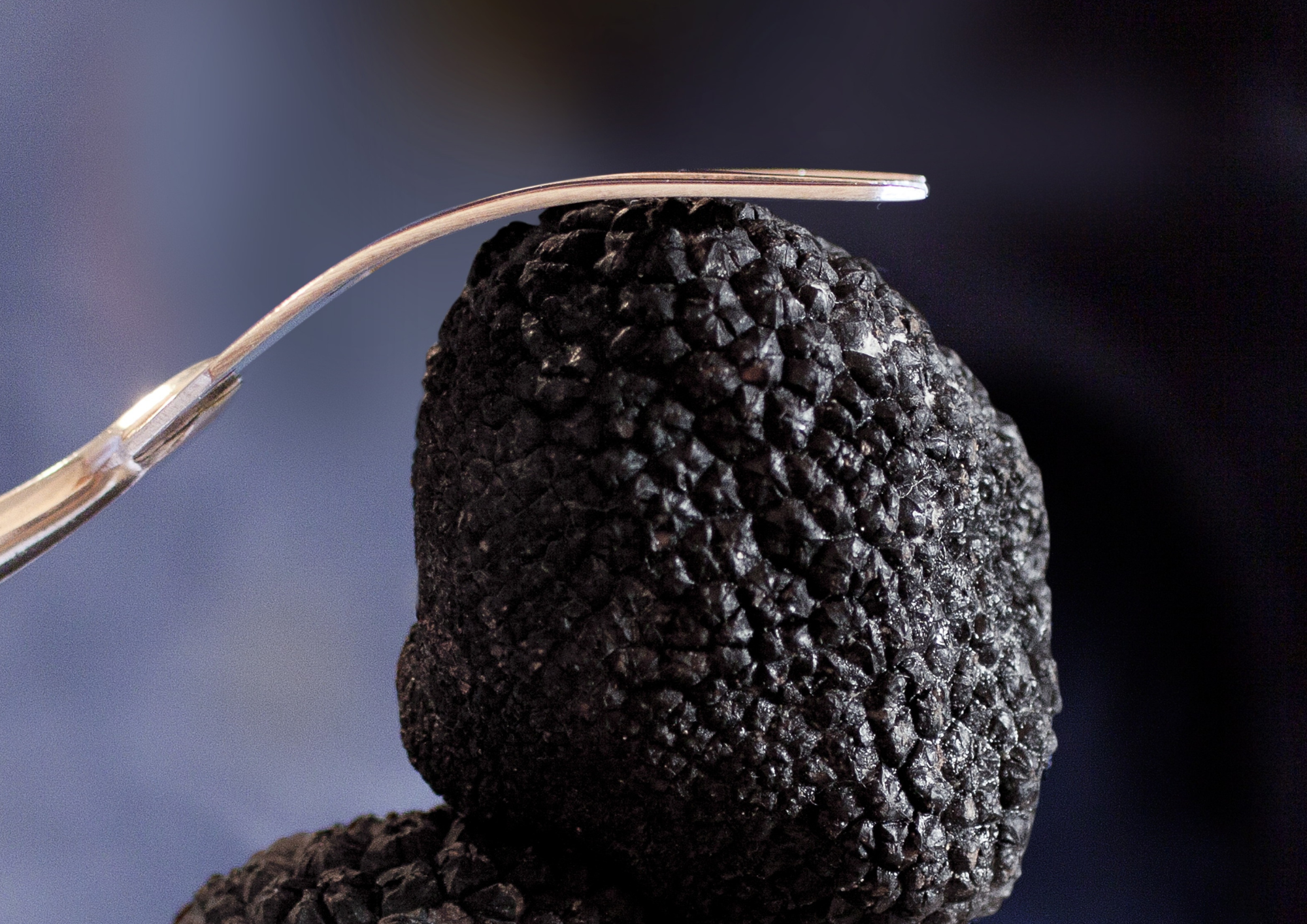Destination Luberon: The advantages of biodiversity
The Luberon AOC terroirs, in their glorious diversity, measure over 50 km from east to west, and are bordered by the Calavon Valley to the north and the Durance Valley to the south.
The entire appellation falls within the Regional Nature Park, which benefits both the appellation wines and the people who live and work here.

Remarkable biodiversity
The Luberon Regional Nature Park encompasses a wide variety of natural ecosystems, making it a haven for biodiversity.
The Park is home to 35% of France’s plant species, 50% of its bird species and 40% of butterfly species, is internationally recognised as having unique ecological value, and has been classed a UNESCO Biosphere Reserve (1) and Global Geopark (2).
And it is, of course, an environment in which the Luberon AOC vines positively thrive.
Good for tourism
With limestone massifs, rocky slopes and ridges, garrigue scrub, dry grassland, cultivated plains and valleys making up a mosaic of colours and shapes, with forests covering over half the land, traditional vineyard cabins, farmhouses, rural chapels, châteaux and hilltop villages, the Luberon Nature park – in fact the whole of the Luberon AOC – is the perfect setting for a host of sporting and cultural activities.
The appellation’s winegrowers have committed to working with the Nature Park to develop a programme of sustainable wine tourism in the area.
Good for viticulture
Winegrowers here have long been aware of the importance of biodiversity in general, and for their crops in particular.
The vines add an extra dimension to the landscape, and under certain circumstances become ecosystems in their own right, creating habitats and movement corridors, and limiting erosion. In the long term, biodiversity in the vineyards can help regulate pests and diseases, encourage pollination and promote a rich, healthy soil life.
The winegrowers recognise this, and are committed to preserving and protecting this valuable natural resource. Approaches vary. Some are introducing vitiforestry (3), others favour viti-pastoralism (4) as a means to maintaining vine health. Further proof of the level of commitment to the environment, if proof were needed, is that over the last five years, the proportion of organic wine made in the Luberon AOC has doubled. 20% of the vineyard area is now organic, and 70% of wineries have an organic offering (5).
External factors too, help boost Luberon’s biodiversity. These include the effects of the Mistral, which even when tempered by the mountains gives the vines natural protection from the risk of disease, and the appellation’s own production specifications, which prohibit the use of chemical weedkillers in over half the vineyards.
(1) Biosphere Reserve: https://www.unesco.org/en/mab/wnbr/about
(2) UNESCO Global Geoparks: https://www.unesco.org/en/iggp/geoparks/about
(3) Vitiforestry: agroforestry as applied to viticulture
(4) Viti-pastoralism: Allowing sheep to graze in the vineyards
(5) 70% of private wineries in Luberon AOC are either organic or in conversion (2021 figures)
Good for the community
Biodiversity is not only good for vineyards, it’s good for agriculture in general. And as Luberon is a mixed farming community, everyone benefits.
Alongside the Mediterranean triumvirate of wheat, olives and vines, the region grows different cereals, fruit trees, aromatic herbs and plants, almonds and pistachios.
Livestock farming includes sheep and goats. The Mediterranean diet has been listed by UNESCO since 2010 as part of its global intangible heritage, and is acknowledged to be one of the healthiest in the world. And Luberon has it all. Wine (Luberon AOC, naturally!) is also an integral component – enjoyed in moderation, of course.


